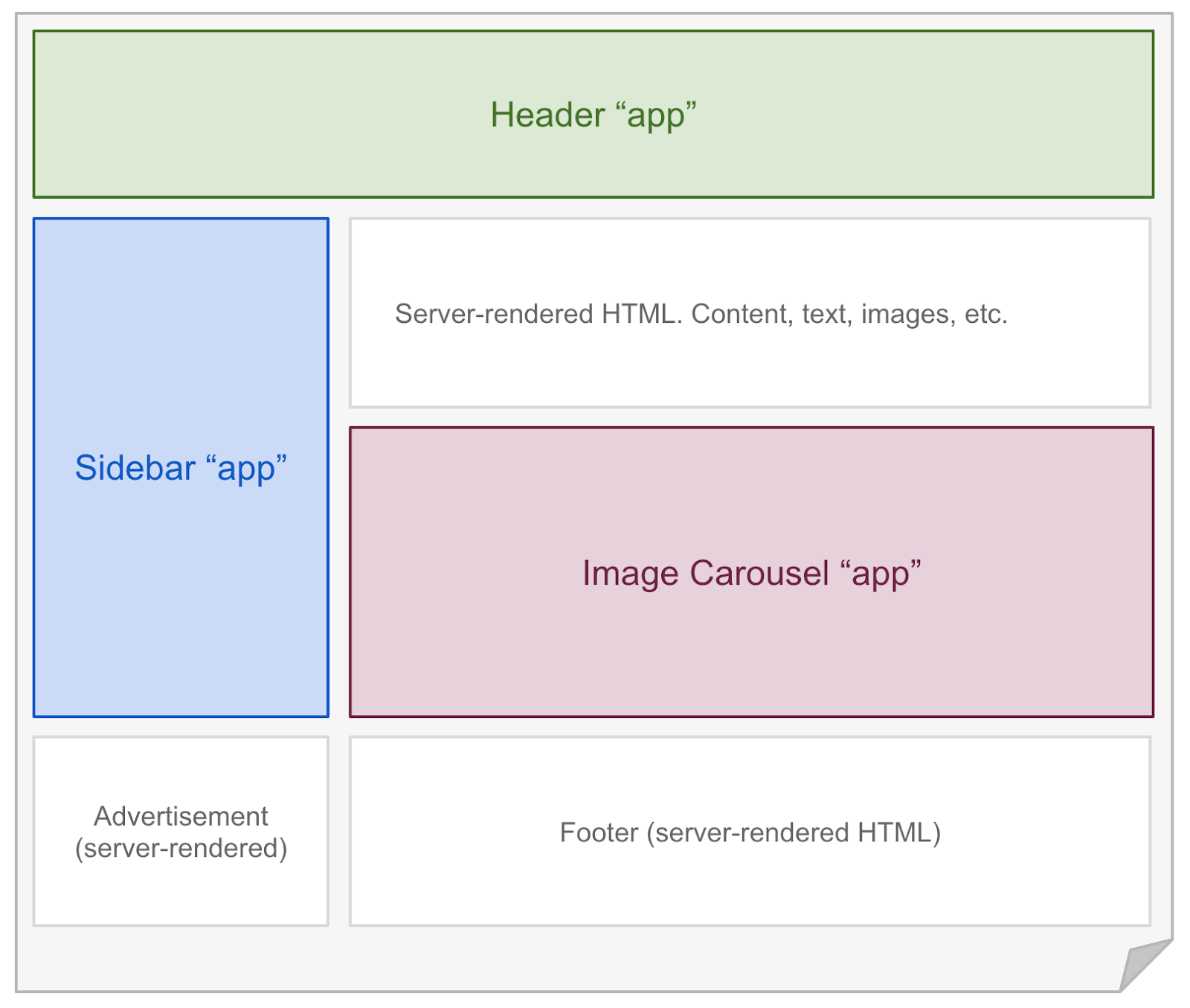从Next.js到Astro:更简单的网站搭建方案
一次不过不失的折腾。
错误的工具选择
自从将Next.js更新到13并使用app dir(beta)功能,嵌套布局(nested layouts)导致一些小bug,而且堆在issues中长时间没有解决方案,例如一个最致命的痛点,<Link>在无法在嵌套布局自动scroll up,如果将Scrollup写在layout.js那么如果是传统的返回那也不符合预期行为,其次next dev的SSG越来越卡顿,尽管是使用原有pages,Next.js13和react18的server component、Edge runtimes、Dynamic Route Segments等改动迎合大型网站的JAMStack(前后端分离),甚至将原有的getStaticProps等data fetch给deprecated,对于像mdx这样社区喜欢的功能目前在beta版本仍然不支持内置的Remote MDX,以及一直不支持next exportSSG的图片优化,彻底让我放弃了使用Next.js13作为博客的前端框架的想法。
另外一些令我这个外行(没有计算机背景)摸不着头脑的事情:
-
将所有api塞到
/api -
在React中查询数据库,暴露底层操作
-
env无法识别,必须再次在nextconfig.js中声明 -
metadata的客户端渲染导致在社交媒体发送不会立刻预览并显示使用ogimage generator的卡片,需要等待一定时间,在13.2版本勉强修复 -
<Link>在页面内的anchor hash指向错误路由
而且它似乎在逼迫我在顶级页面做完所有的事情:拉取信息、路由、SEO,还要划分client component并分别import进来,为什么问题会变得如此复杂?
正如其名字,生意的重点在于vercel作为前端平台的商业模式,而非开源框架,在next.js conf让合作伙伴拍摄极其精美的短片,强调scale和developer experience,一个又一个toB的成功案例,这是一家商业公司,而不是社区驱动的,我用next.js conf直播中的一条留言结束批判:
They get so much inspiration from Apple.
相见恨晚
Astro并不是一个有什么厉害的或“前沿技术”的前端框架,它非常简单上手,只需要几行代码就能添加新的功能,sitemap、tailwind、mdx等都是开箱即用的:
// /src/astro.config.mjs
import { defineConfig } from "astro/config";
import image from "@astrojs/image";
import mdx from "@astrojs/mdx";
import tailwind from "@astrojs/tailwind";
import sitemap from "@astrojs/sitemap";
import vercel from "@astrojs/vercel/static";
import remarkMath from 'remark-math'
import rehypeKatex from 'rehype-katex'
// https://astro.build/config
export default defineConfig({
site: "https://www.xushilu.com",
markdown:{
syntaxHighlight: "shiki",
shikiConfig: {
theme: "github-light",
},
remarkPlugins: [remarkMath],
rehypePlugins: [rehypeKatex],
},
integrations: [
image({
serviceEntryPoint: "@astrojs/image/sharp",
}),
mdx(),
tailwind(),
sitemap(),
],
output: "static",
adapter: vercel({
analytics: true,
}),
});
它是非常content focus的,getCollection能自动读取/src/content的markdown和mdx文件,也可以快速筛选frontmatter的信息。
// Example: Filter content entries with `draft: true` frontmatter
import { getCollection } from 'astro:content';
const draftBlogEntries = await getCollection('blog', ({ data }) => {
return data.draft !== true;
});// /pages/posts/[...slug].astro
---
import { CollectionEntry, getCollection } from 'astro:content';
import PostLayout from '../../layouts/PostLayout.astro';
export async function getStaticPaths() {
const posts = await getCollection('posts');
return posts.map((post) => ({
params: { slug: post.slug },
props: post,
}));
}
type Props = CollectionEntry<'posts'>;
const post = Astro.props;
const { Content } = await post.render();
---
<PostLayout {...post.data}>
<article className="prose">
<Content />
</article>
</PostLayout>Astro Islands指的是 HTML 静态页面上的交互式 UI 组件。一个页面上可以存在多个孤岛,一个孤岛总是孤立地呈现。将它们想象成静态、非交互式 HTML 海洋中的岛屿。

可以将其视为包含多个独立嵌入式应用程序的静态 HTML 文档,这是比传统在SPA上选择SSR更好的SEO解决方法,而SSR实际上会对用户体验产生负面影响——访问者只能等待页面的实际功能出现,同时盯着该页面令人沮丧的虚假版本。
参考资料
Astro Islands. https://docs.astro.build/en/concepts/islands/
Islands Architecture. https://jasonformat.com/islands-architecture/
CC BY-NC-SA 4.0